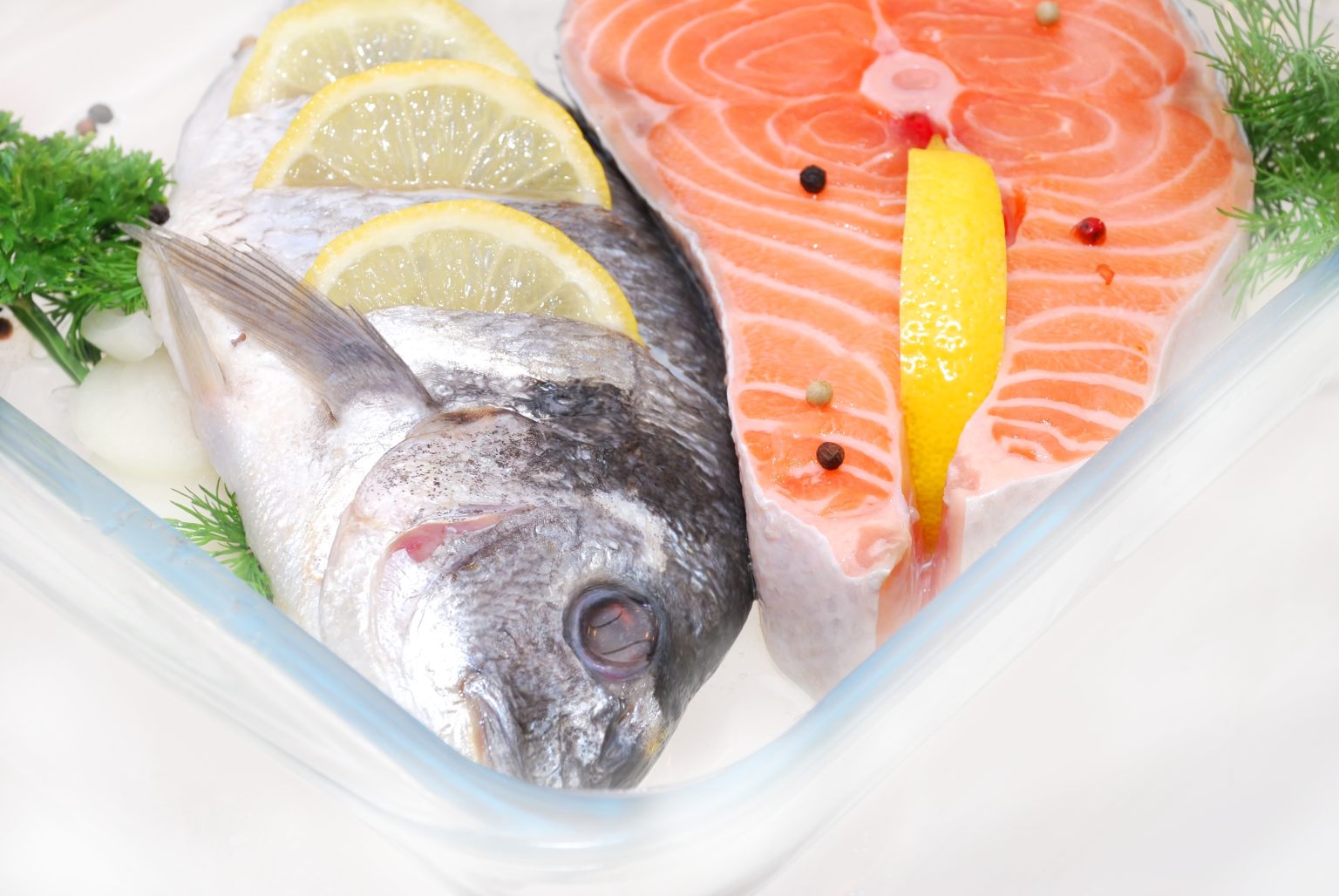Swift and Secure Thawing for Frozen Fish and Seafood
- Refrigerator Thawing:
- Transfer fish to the fridge the evening before cooking.
- Allow 8-10 hours for even, safe defrosting.
- Cold Water Method:
- Submerge fish in cold water, <70°F.
- Replace water every half hour.
- Takes about 30 minutes for fillets.
- Cooking from Frozen:
- Forgo thawing; adjust cooking time.
- Ideal for methods like baking.
- Safety Measures:
- Avoid hot water; it raises the risk of bacteria.
- Ensure fish is evenly thawed before cooking.
Seafood Quality
The preservation of seafood quality often relies on the swift freezing of the catch. Salmon, cod, and other varieties are typically filleted and frozen shortly after being caught. This immediate freezing process helps to maintain the inherent quality and flavour one would experience when consuming the fish fresh from the water. The nutrient content and texture are preserved, offering a taste akin to that enjoyed straight from the Alaskan seas. Notably, flash-frozen filets provide a prime option, delivering freshness that rivals that of non-frozen counterparts.
Seafood Preservation
When storing seafood, opt for the coldest part of the freezer, which is typically at the bottom, to minimise changes in temperature from the door usage. Ensure the freezer is set to a chilling -23°C or below for optimal conditions. Use resealable plastic bags or plastic wrap to protect seafood, mainly if it’s not already in vacuum-sealed packaging from the seafood market, to guard against freezer burn. Your freezer door needs to seal properly to maintain a constant temperature that guarantees seafood remains in prime condition until use.
Thawing Seafood
When preparing frozen seafood, it is essential to defrost it correctly to preserve its quality. Seafood can be safely thawed in the refrigerator, including fish fillets and lobster tails. This gradual method typically takes between 10 to 24 hours. Here is a concise guide:
- In the Refrigerator:
- Transfer seafood from the freezer to the fridge.
- Allow 10-12 hours for whole seafood and 24 hours for fish fillets.
- Keep seafood in a covered container.
- Cold Water Thawing:
- Place seafood in a sealed bag in a bowl of cool water.
- Change the water every 30 minutes.
- Small fish fillets may take under 30 minutes; more significant cuts up to 3 hours.
Avoid microwaves or leaving seafood out at room temperature, as these methods can unevenly defrost and affect texture and safety. After defrosting, keep the seafood chilled until it’s time to cook.
Indicators of Spoilage in Frozen Seafood
When assessing frozen seafood for freshness, it’s essential to recognise signs of potential spoilage:
- Odour: An intense, unpleasant smell suggests it’s no longer fresh.
- Texture: If, upon touching, the fish feels slimy, it could indicate the presence of harmful bacteria.
- Visual Clues: Look for ice crystals or areas that appear dry and discoloured, signs the seafood may have partially thawed and refrozen.
- Discoloration: Patches of white or grey hues can be indicators of freezer burn.
Handle frozen seafood judiciously to reduce the risk of refreezing, which can accelerate spoilage and potentially lead to foodborne illnesses such as botulism.



